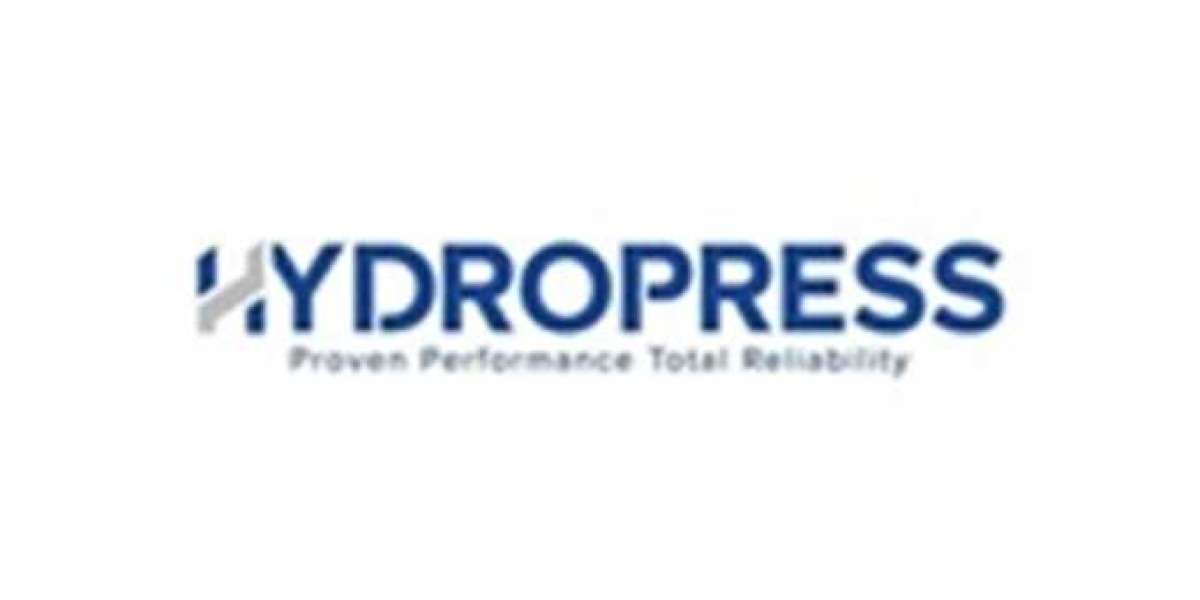What Defines an Effective Contact Insecticide?
Contact insecticides kill insects through direct physical touch. They are not ingested, in contrast to systemic pesticides. For quick pest control, especially during times of high infestation, their prompt action is essential.
Key features of high-performing contact insecticides:
- Provide fast knockdown within minutes to a few hours.
- Target soft-bodied pests like aphids, thrips, whiteflies, mites, and caterpillars.
- Do not persist long in the environment, minimizing residue on harvest.
Why Contact Insecticides Matter in Fruit and Vegetable Farming
Fruits and vegetables are consumed often and have short harvest intervals. The issue of residue is crucial. Because contact pesticides degrade quickly and have little systemic absorption, they are essential.
Contact insecticides allow:
- Rapid pest suppression before harvest without long pre-harvest intervals (PHI).
- Less risk of resistance buildup when appropriately rotated.
- Better compatibility with beneficial insects in closed canopy crops.
Key Active Ingredients Used in Contact Insecticides
Different classes of chemistry offer different modes of action. Here are the most commonly used active ingredients known for contact activity:
Active Ingredient | Chemical Class | Pests Targeted | Residual Action | PHI Range |
Spinosad | Spinosyns | Leafminers, thrips, and caterpillars | 1-2 days | 1-3 days |
Pyrethrins | Pyrethroids | Aphids, beetles, and whiteflies | 1 day | 0-2 days |
Tolfenpyrad | Pyrazoles | Mites, whiteflies, aphids | Up to 5 days | 1-3 days |
Malathion | Organophosphates | Scale insects, aphids | 3-5 days | 3-7 days |
Neem oil | Botanical | Mites, soft-bodied pests | 1 day | 0-1 day |
Always refer to label-specific information and national regulations before application.
Top Considerations Before Choosing a Contact Insecticide
When selecting a contact insecticide, several factors determine suitability:
- Pest species and life stage: Contact insecticides are most effective against exposed pests in mobile stages.
- Weather conditions, including sunlight, rain, and humidity, affect the longevity and effectiveness of sprays.
- Crop sensitivity: Certain formulations may cause phytotoxicity in delicate crops, such as leafy greens.
- Harvest timeline: Choose products with shorter PHIs for crops harvested weekly or bi-weekly.
Many farmers opt for PI Keefun Tolfenpyrad 15% EC due to its quick knockdown and selective contact action against mites and sucking pests. It minimizes pre-harvest residue, supporting safety and compliance.
Best Practices for Application and Safety
To maximize the effect of contact insecticides:
- Use fine droplet nozzles to increase surface coverage, especially under leaves where pests hide.
- Apply during cooler hours (early morning or late afternoon) to reduce evaporation loss.
- Avoid mixing with alkaline water which deactivates many active compounds.
Proper Personal Protective Equipment (PPE) should always be used during mixing and application. Follow label-specific re-entry intervals (REI) to ensure worker safety.
Environmental and Regulatory Considerations
A large number of fruits and vegetables are subject to maximum residue limit (MRL) monitoring, primarily for export. Select pesticides for contact with:
- Rapid degradation profiles
- Limited soil or water contamination
- Low risk to non-target organisms like bees or predatory beetles
Some countries ban or restrict the use of organophosphates or neonicotinoids in edible crops. Always verify approvals from databases such as EU Pesticides Database for compliant use.
"The art of crop protection lies not in killing all insects, but in managing pest pressure with minimal ecological disturbance."
Which Insecticides Work Best for Specific Fruits and Vegetables?
Different crops require specific formulations due to their unique canopy structures, pest pressures, and harvest schedules.
Tomatoes and Peppers
- Spinosad or Tolfenpyrad for whiteflies and thrips
- Neem oil during flowering stages to minimize residues
Leafy greens (Lettuce, Spinach)
- Pyrethrin for aphid control close to harvest
- Avoid heavy oils which can scorch leaves
Cabbage and Cauliflower
- Malathion for diamondback moth and aphid control
- Apply early morning for better leaf surface retention
Strawberries
- Neem + pyrethrin blends for mites and beetles
- Avoid synthetic pyrethroids during bloom to protect pollinators
Resistance Management and Rotational Strategy
To reduce insecticide resistance, integrate:
- Rotation of chemical classes every 1–2 spray cycles.
- Use of biocontrol agents like Beauveria bassiana.
- Monitoring pest thresholds before applying sprays.
Guidelines for rotating pesticide groups according to their Mode of Action (MoA) are provided by the pesticide Resistance Action Committee (IRAC). To schedule rotations, utilise their MoA classification tool.
How Organic and Natural Alternatives Compare
Organic farmers rely on natural oils, soaps, and microbial products with contact effects. These include:
- Potassium salts of fatty acids (insecticidal soap)
- Horticultural oils (suffocate soft-bodied insects)
- Garlic and chili extracts (repellents, limited knockdown)
These have no re-entry periods and are safe for pollinators, although being slower. Because of its brief activity window, frequent applications are frequently required.
FAQs
- What is the safest contact insecticide for vegetables?
Neem oil and insecticidal soaps are considered the safest options, with minimal impact on both humans and the environment. - How often should I apply contact insecticides?
Application frequency depends on pest pressure and weather, but typically every 5–7 days. - Can contact insecticides be used in greenhouses?
Yes. Ensure proper ventilation and avoid phytotoxic compounds in closed systems. - Do contact insecticides affect pollinators?
Many do. Apply during non-bloom stages or when pollinators are inactive (dawn or dusk). - What’s the difference between systemic and contact insecticides?
Systemics are absorbed and move within the plant; contact types act only on direct exposure.
Emerging Trends in Insecticide Development
As residue-free farming and precision agriculture advance, manufacturers are innovating with:
- Nano-emulsified insecticides that improve leaf adhesion and reduce dosage.
- Innovative spraying systems integrated with AI sensors to target pest hotspots only.
- Selective biopesticides like RNAi-based products for pest-specific disruption.
These innovations aim to strike a balance between efficacy, safety, and sustainability in horticultural pest control.
Low-Residue Insecticides Gaining Popularity
Insecticides that leave little to no residue are necessary for crops that are going to be exported or sold in upscale supermarkets. In markets such as the EU and Japan, where low MRLs encourage the adoption of:
- Pyrethrins and spinosad (break down within hours)
- Microbial pesticides (zero-residue)
- Contact-only pyrazoles like Tolfenpyrad (reduced pre-harvest interval)
Low-residue insecticides enable same-week harvesting, increasing turnover in short-cycle crops.
Conclusion: Pay Attention to Targeted, Intelligent Pest Management
Using the strongest chemical is not the key to choosing the best contact insecticide for fruits and vegetables; rather, you should choose the tool that best suits your pest, crop, timing, and residue requirements. Overuse of any one product will always be outperformed by smart spraying, pest monitoring, and rotations that take resistance into account.








